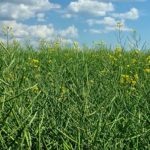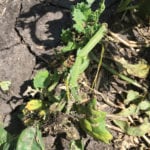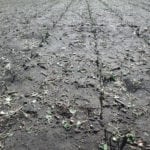ICE Futures Canada canola contracts held within a rather narrow range during the week ended June 29, with only the nearby July contract seeing some wide price swings as traders exited the front month before its expiry. Aside from the month-end spread trade, positioning ahead of a number of key reports kept activity on the










